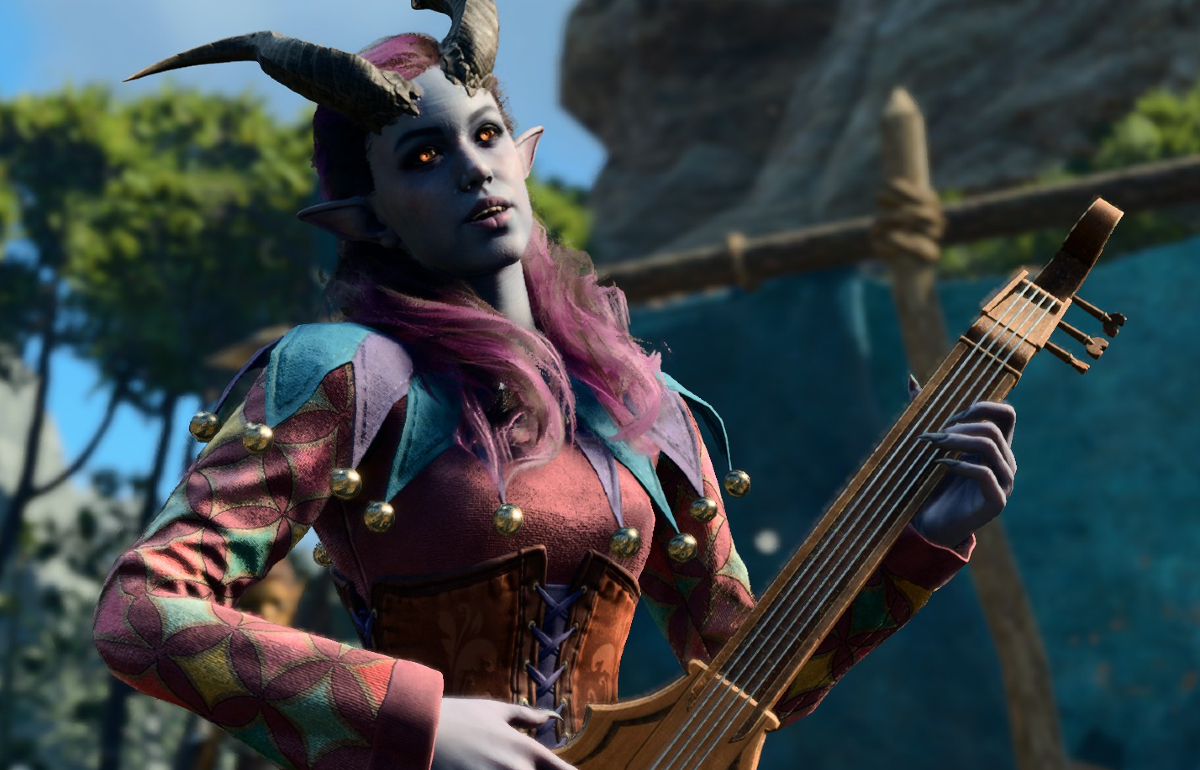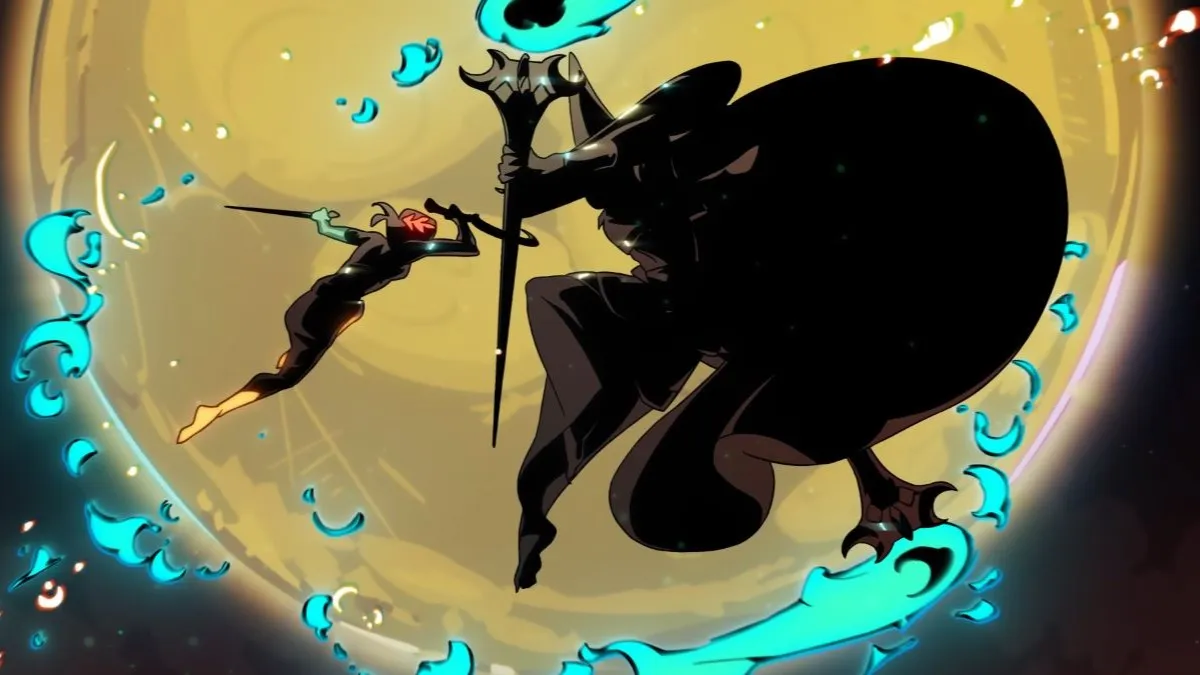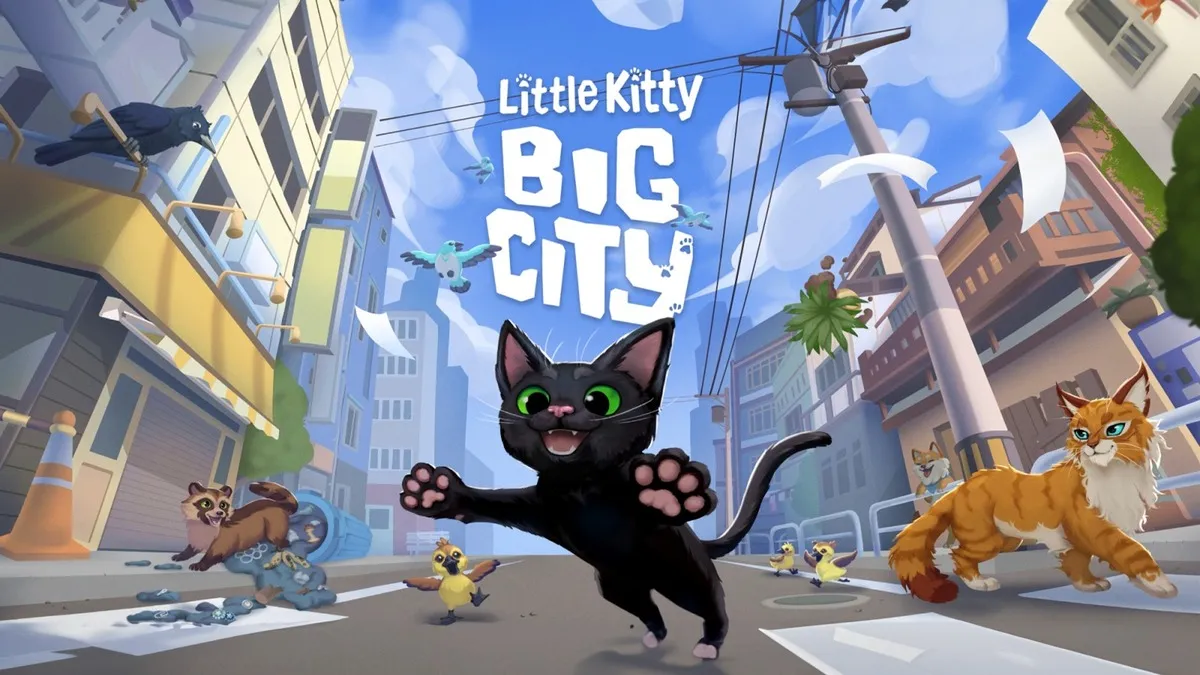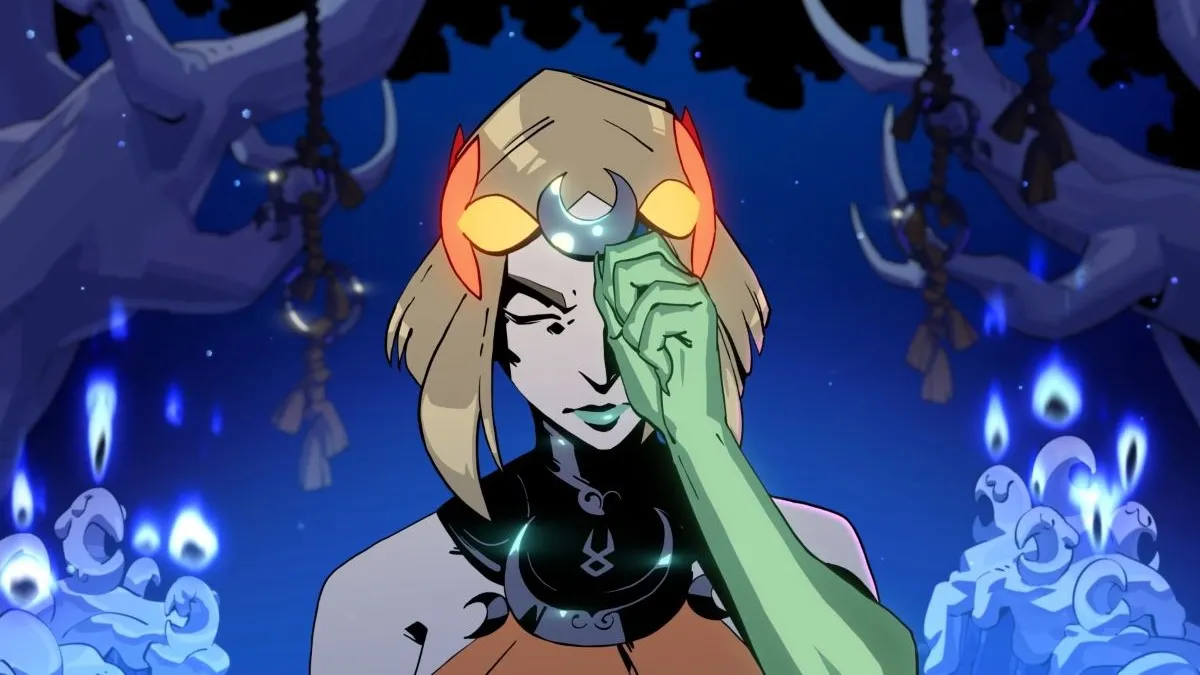Before suggesting that I’m on some kind of crusade since I’m not fawning over this game with reckless abandon, let me first establish that I’m not here to say you’re a fool if you enjoy Baldur’s Gate 3. If BG3 is somehow everything you ever dreamed of and more, all the power to you because liking things is quite wonderful.
What I am here to say, though, is that there’s a difference between “I like this” and “this is good.” And I can’t help but feel an air of insincerity surrounding the overwhelmingly positive response that Baldur’s Gate 3 has received.
Maybe you love the characters, maybe you love the world, or maybe you love the character creator. That’s all well and good, but the fact of the matter is that all of those things—and a good many other aspects that Baldur’s Gate 3 has been praised for—are poor measurements of evaluating a game. If these subjectivities were the most important aspects of games, then we could say that chess or soccer are bad games. And I don’t think I need to explain how absurd that statement would be.
But don’t just take it from me: Take it from Cory Rodis, a professional game developer, designer, and educator with over a decade of experience in the field. I’ve been lucky enough to have learned from Rodis, and continue learning via the educational content and spaces he’s created for those of us who are interested in the craft of game design.
In one such space (an academic game design Discord server), Rodis offered us a rather extensive critique of Baldur’s Gate 3: One that was backed by years of experience in the field, two full playthroughs on two different difficulties, and a vast, intimate understanding of Dungeons & Dragons as a whole.
As soon as I saw what my instructor had to say, I knew I had to share his thoughts to the best of my ability. So, I sat down with Rodis to pick his brain on the topic of Baldur’s Gate 3 a bit more, and the resulting conversation covered more ground than I could ever include in one article. But what struck me most of all were his insights on Baldur’s Gate 3‘s specific game-breaking flaws.
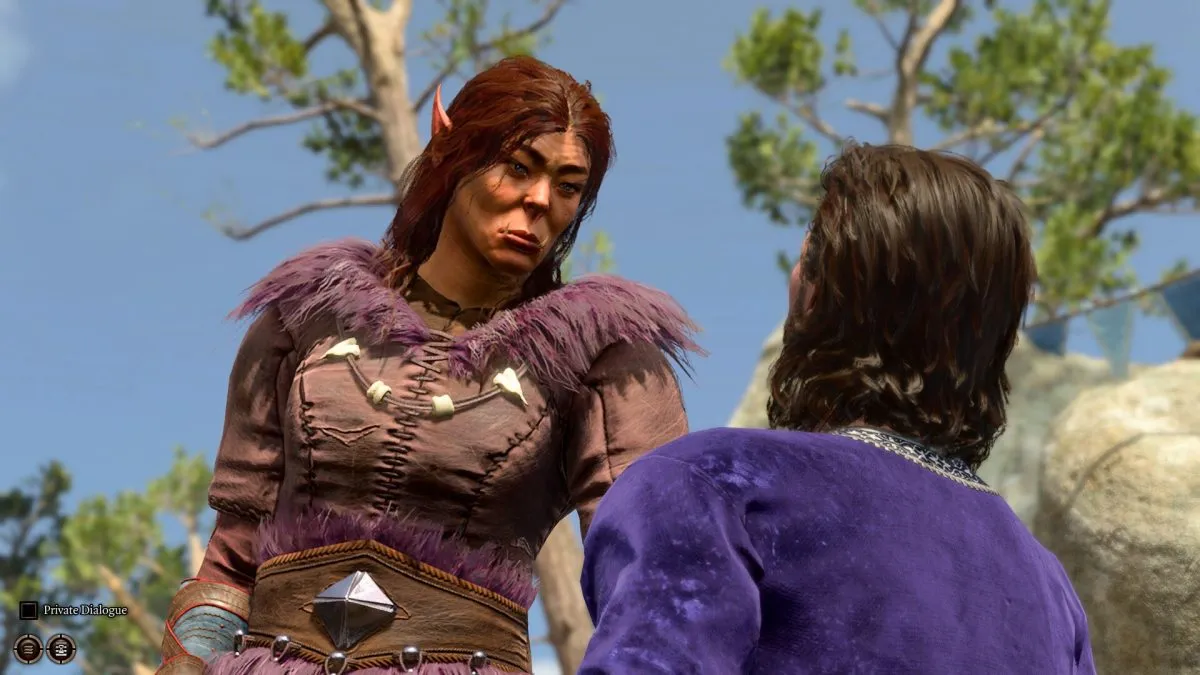
“…when the game’s attitude is ‘it was just a prank, bro; it doesn’t matter, just reload a save,’ then of course players will also have that attitude.”
“Choices” has become something of a buzzword in the gaming zeitgeist (how many times have you seen a game marketed with some variation of the phrase “your choices matter”?), and Baldur’s Gate 3 is no exception to this trend. That’s hardly a surprise for a game that’s trying to stay as faithful as possible to its relatively limitless ancestor Dungeons & Dragons. Why wouldn’t you aim to make individual player choices as meaningful as possible?
But according to Rodis, Baldur’s Gate 3 betrays this notion on both a mechanical and narrative level in one fell swoop. In doing his best to avoid spoilers, Rodis remarked “At more than one point in the game, there are moments where the game prompts you to make a decision between two or three things, but one or more of those choices result in you going through some dialogue, and then the game just goes ‘No, game over, you’re dead now, you lose.'” Indeed, for a game that apparently prides itself on you being able to make the choices you want to make, you certainly get punished quite a bit if the game considers your choices “wrong.”
But it goes the other way as well. Offering up the hint “Volo’s Eye” to provide context without too many spoilers, Rodis notes of the implied encounter, “You make a very dumb choice that the dialogue is telling you is dumb, but then it gives you a really nice, permanent buff. So, the game sends you mixed signals about how you’re supposed to interpret the options presented, and that means you can never really sit down and try and think deeply about the implications of your actions, and then make a decision.”
When put together, these instances reflect Baldur’s Gate 3‘s chief foundational issue: Namely, its failure to communicate how one should be interacting with/heeding the information provided, which negatively affects one’s ability to both participate in gameplay and engage with the narrative.
He continues, “It means the only way to really interact with the dialogue is to just go ‘haha funny line,’ and then quicksave before every major dialogue decision, and you feel perfectly justified in doing that because you don’t really have any alternative. In short, you are punished for trying to think deeply about the situation or the characters, or the potential impact your choices may have because there is no consistency to them.”
And that’s not even the full picture of how the game undermines the weight of decision-making and, by extension, the weight of the game’s narrative. As Rodis alluded to above, each and every one of those choices can be reversed by save scumming (i.e. the act of saving your game right before a potentially inconvenient-to-game-ending moment, and then loading that saved backup if that moment turns out to be so).
“If you didn’t save recently, too bad I guess? Or, it’ll autosave for you,” notes Rodis. “And, when the game’s attitude is ‘it was just a prank, bro; it doesn’t matter, just reload a save,’ then of course players will also have that attitude.”

“The game doesn’t seem to want me to know when to take that seriously and when not to.”
In the context of gameplay analysis, this combination of markedly unreliable choice communication and save scumming results in something that, arguably, hardly qualifies as a game. But, how exactly do we analyze something as a game first and foremost? For Rodis, gameplay boils down to three things: decisions, patterns, and “core tensions.”
“Gameplay is defined by the decisions players make,” Rodis says, “which are defined by the moment of determining which approach or path [to your destination] you’re going to take.”
Rodis continues, “So, in a game, you obviously have multiple decisions, and each one has a “tension,” which means ‘the choice between two or more outcomes where there is no clear single correct answer.’ Those tensions have certain patterns to them, and a tension that appears across the most foundational decisions can be called the ‘core tension.'”
For instance, in a game of chess, you have the decision to move one of a myriad of pieces, and the outcome of your decision will be different depending on which piece you move. None of those possible decisions will be a “right” or “wrong” decision on its own. But, as you become more familiar with the nature of your decisions and better at reconciling the tension between managing your pieces and trying to capture your opponent’s pieces (oftentimes, capturing a piece or setting yourself up to capture a piece means putting your own in danger), those decisions as they relate to your overall win condition (capturing your opponent’s king) become more clear to you, even if the individual decisions are never necessarily correct or incorrect.
Rodis goes on to name “approaching a fight” as a core tension of Baldur’s Gate 3, noting how a player often has to contend with the choice between avoiding a possibly-too-hard fight at the cost of missing out on experience points or entering combat at the cost of losing certain resources and possibly dying.
He then identifies killing enemies without entering combat (i.e. using covert sneak attacks or luring them into isolation before striking them down, among other things) as a way that players can reconcile this tension (since it gives you the experience points without the risks that come with entering combat). But a key problem with this tension still remains. Given that experience points effectively exist to make you better at combat, and that a number of combat encounters aren’t optional, Baldur’s Gate 3 very clearly pushes players towards improving in combat one way or the other. This makes the very present option of using stealth to completely avoid fights inharmonious with the rest of the game, especially when you consider that fights tend to get progressively more difficult as you advance. And for Rodis, this discordance isn’t properly addressed.
“The way they [Larian Studios] try to make that work is by making it so that, if you kinda poke around, you can sometimes find alternative paths or some extra little things that give you an advantage [in the fight],” says Rodis. “That’s all fine. But now they’re in a weird situation: Do you balance the game around finding this hidden path, or around not finding it? In the former example, the fight is trivialized completely if you find it. In the latter example, the fight is absurdly hard without finding it. That leads to a feeling of ‘I guess I’m supposed to…,’ and this seems to fluctuate wildly in the game.”
In other words, Baldur’s Gate 3 consistently puts a “correct” approach into play. In the context of gameplay analysis, that alone butchers the game by stripping players of the opportunity to meaningfully heed their more evergreen options and decisions as they relate to winning combat encounters.
Ideally, this relationship between decisions and the win condition would involve emergent, fluid patterns that players would develop organically using the options/tools that are consistently at their disposal, and then carrying that feedback forward into future encounters. But instead, says Rodis, Baldur’s Gate 3 “anti-trains [your problem-solving ability] by punishing a type of problem-solving in one [situation], and then rewarding the same type of problem-solving in another.”
He continues, “You are blindly making decisions at almost all points. And so what is there to do other than just do whatever funny thing pops into your head? And then sometimes it works and you go ‘Nice, this is a good game.’ But now, you’re just playing Goat Simulator but with extra steps, and being Goat Simulator when you’re trying to be Spec Ops is bad.” Keep in mind as well that all of these decisions are further trivialized by the presence of save scumming, which in fact ultimately enables this whole foundation and all the problems that stem from it.

“But now, you’re just playing Goat Simulator with extra steps.“
But hey, maybe this is all exactly what you want out of Baldur’s Gate 3, and if so, that’s great; in no way, shape, form, or fashion does any of this mean that Baldur’s Gate 3 is a bad thing, product, or experience. Nor does it mean that no one should have any business finding joy in it.
But, as a game design student and hobbyist who first fell in love with games as a young kid because of how proper, tension-based gameplay uniquely stimulated my mind, I’m getting really sick of products like Baldur’s Gate 3 getting hailed as the best that gaming has to offer. If we’re going to judge games as actual games, it’s imperative to honor what makes a game objectively function and healthily engage the mind in a way that no other medium can. And yet here we all are, singing our praises for Dubious Railroad City 3 just because it lets you make out with a vampire (that’s reductive, of course, but you get the sentiment).
Again, I implore you to love Baldur’s Gate 3 with every fiber of your being if you can; your enjoyment of the game of valid and important, and it genuinely warms my heart to see how much delight it’s evoked in the hearts of so many people.
But this isn’t about whether or not you like Baldur’s Gate 3; this is about acknowledging the need for improved media literacy specifically in the realm of game critique, and given that everyone seems to think that Baldur’s Gate 3 is a good game when it’s really just a mostly cheeky piece of interactive fiction, I’d say acknowledging that need is long overdue.
(featured image: Larian Studios)



